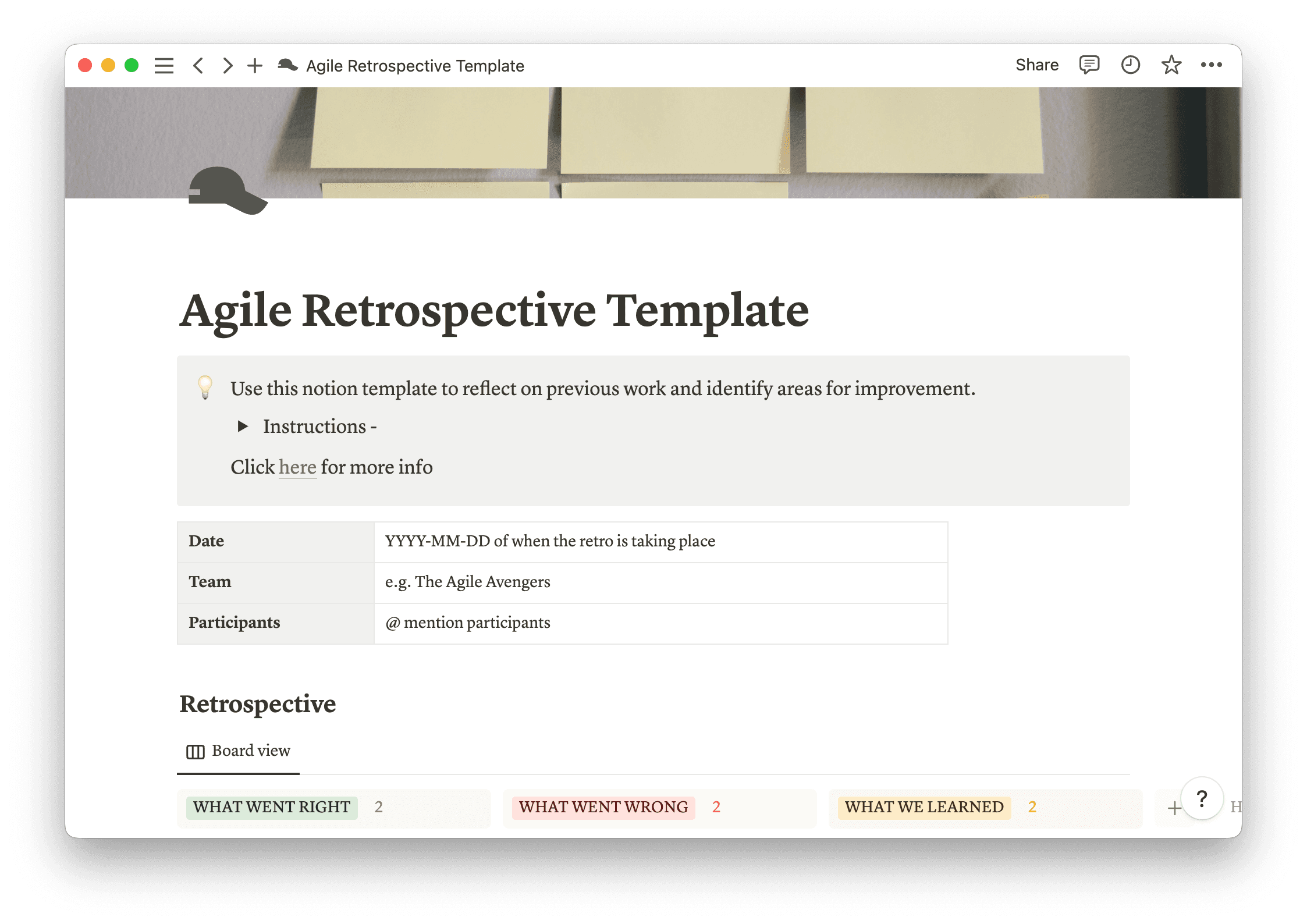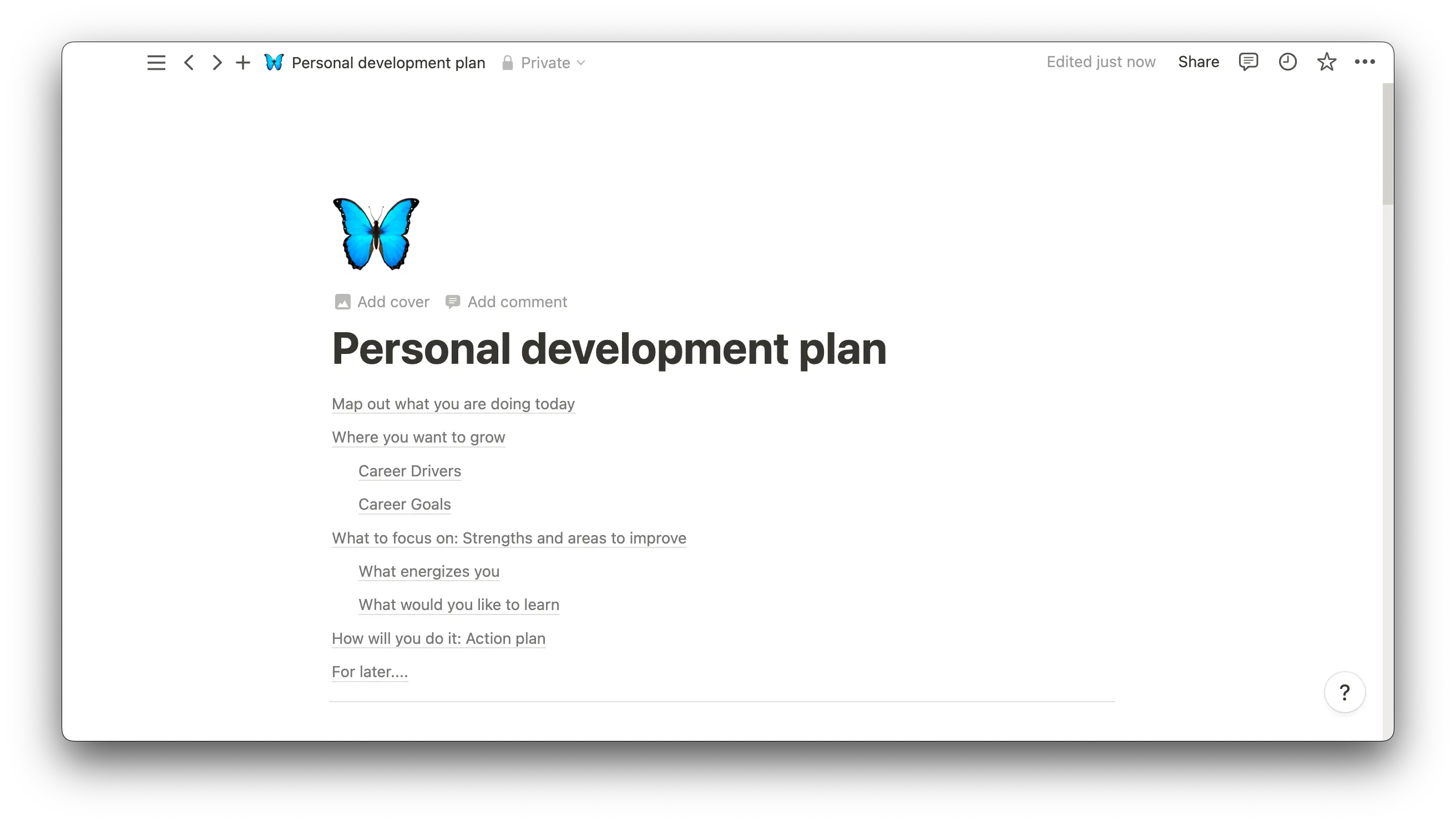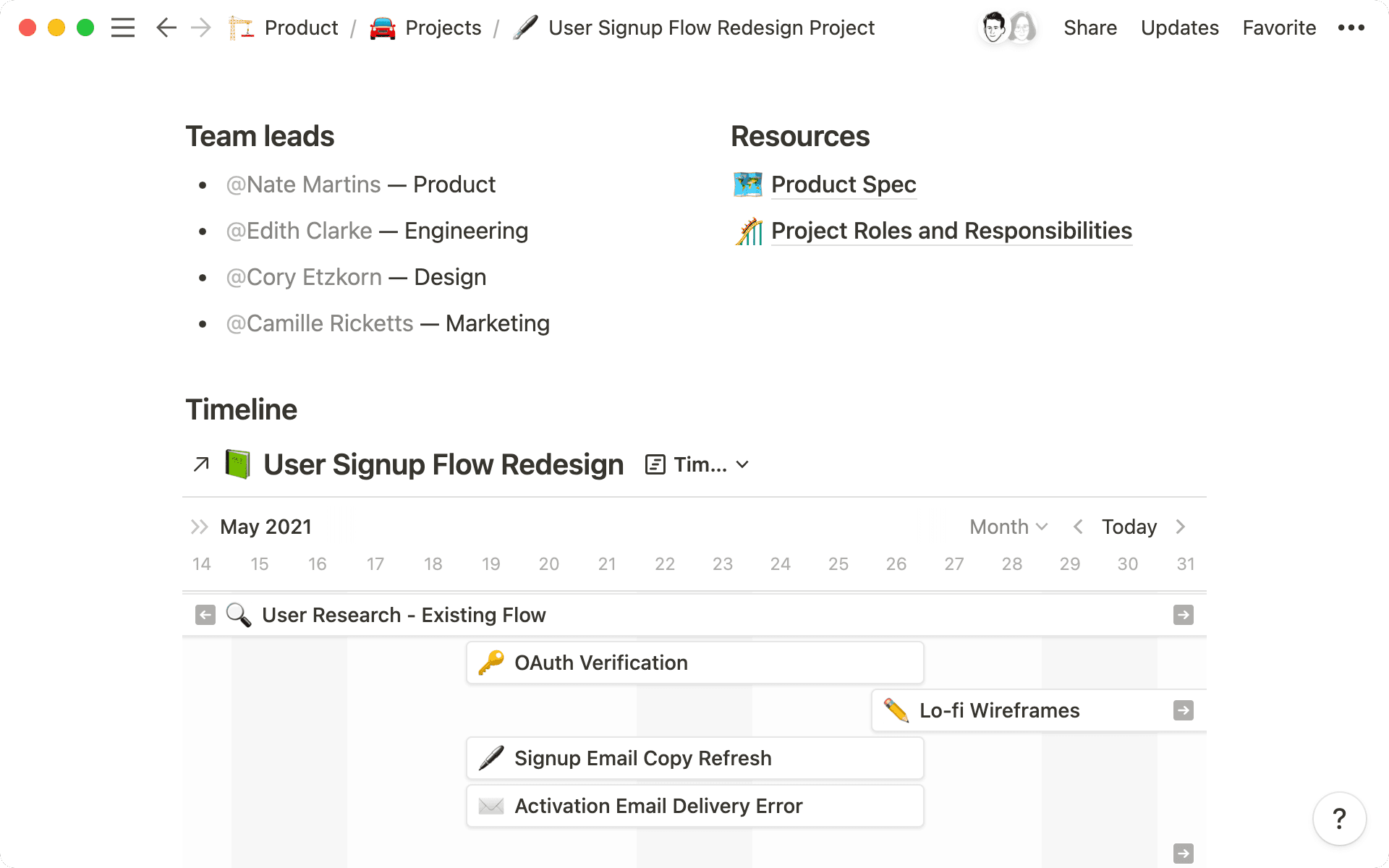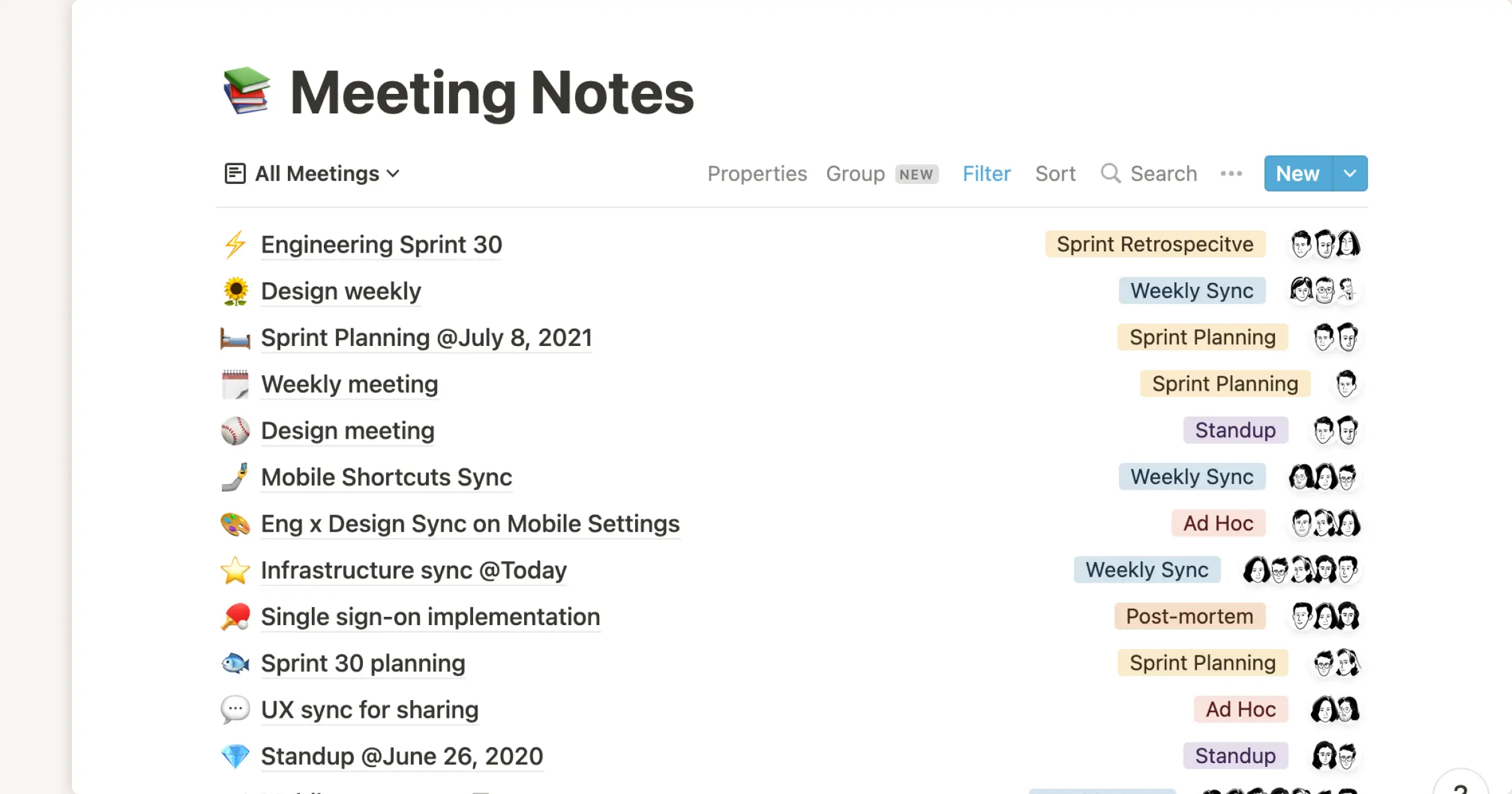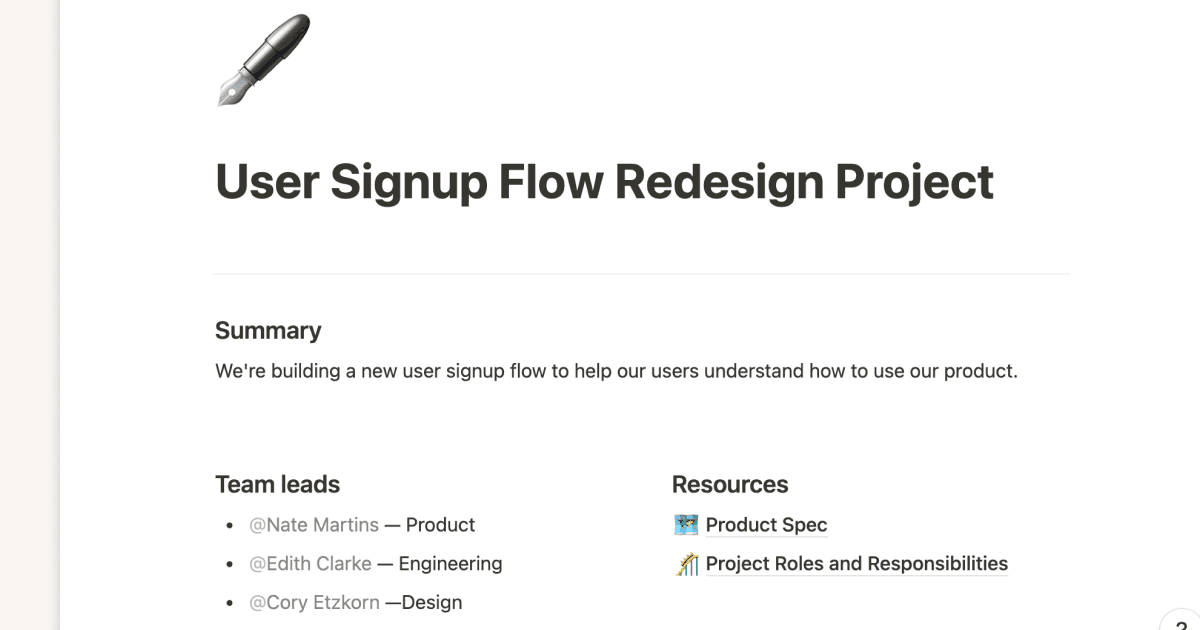Many hands make light work. That’s why teams are so appealing — more than hands, they also bring together a unique combination of skills, perspectives, and expertise to drive results.
Project managers know that, when the team is knee-deep in a demanding project, collaboration is non-negotiable. Success hinges on your staff’s ability to work together toward a common goal, each person playing a unique part in moving the project forward. Of course, you’ve probably realized how difficult it can be to get everyone to get along all the time.
To be an effective leader, you must know how to honor the importance of collaboration, encourage lines of communication, and resolve conflicts between coworkers.
What’s project collaboration?
Collaboration is the foundation of successful teamwork in the realm of project management and beyond. It's the delicate act of bringing together a group of individuals, each with their own skills and talents, to collectively work toward a company or client goal.
You can think of project collaboration as the glue that binds tasks, people, and ideas together, ensuring the final output is more than the sum of its parts. Rather than assigning a challenging project to a single person or team, various teams or departments come together to work — sometimes in person, sometimes over Zoom.
Project collaboration and project management
Collaboration and management are two essential gears that drive successful project execution. And while they work in tandem, each has a distinct role and purpose in the project lifecycle.
Project management focuses on the strategic planning, organization, and execution of a project from start to finish. It involves defining goals and timelines and allocating resources to ensure the project stays on track, on budget, and within scope.
On the other hand, project collaboration is the dynamic process of teamwork and communication that happens throughout the project's entire course. Collaboration emphasizes exchanging information, brainstorming, and problem-solving, with a central goal of fostering creativity and innovation.
Project management provides the structure and roadmap, and project collaboration brings life to the project. It's the conversations in meetings, the feedback loops, and the collective excitement that propel the initiative forward. Together, they contribute to a strong foundation for teamwork.
Benefits of effective collaboration
Teams work better together. Here are three key benefits of fostering a strong collaboration process within your project management framework:
Enhanced creativity and innovation — different viewpoints can spark new approaches, leading to breakthroughs that might not have emerged in isolation. By encouraging collaboration, projects become breeding grounds for fresh ideas and innovative problem-solving.
Improved decision-making — collaborative environments encourage open discussions and knowledge-sharing. Team members can pool their expertise to evaluate options, weigh pros and cons, and make informed decisions as a collective. This leads to better project outcomes and ensures decisions are well-rounded.
Streamlined communication — miscommunication can be a serious stumbling block in project management. Effective collaboration involves clear and transparent lines of communication among team members. Regular interactions, updates, and information sharing keep everyone aligned and work running smoothly.
Heightened accountability — collaboration creates a sense of shared ownership. And when people work together, they’re accountable to themselves and the team as a whole. This fosters a culture where everyone is committed to delivering their best work.
How to improve collaboration on a project
Even an exceptional team can struggle to work effectively from time to time. To avoid missed deadlines and low-quality deliverables, keep an eye out for these common roadblocks:
Communication problems
If your team struggles to share feedback or updates, it's a clear sign something’s off. To ensure successful collaboration, encourage members to communicate more frequently, host regular meetings, and open a line of transparent communication that everyone can see and access.
Isolated workers
As a team leader, having that one worker who puts their nose to the grindstone and gets the job done is a dream. However, too much solo work can disrupt communication, discourage cross-functional input, and cause other collaboration problems. To mitigate the issue, promote collaboration using a professional communication platform, project management software, and document-sharing applications. Assign tasks to sub-groups rather than individuals so no one works completely alone.
Scope creep
Another way that collaboration can suffer is if team members misunderstand what tasks are within the project’s scope. Much like roles, you should clearly define project goals and clearly explain the overall objective everyone’s working toward. Otherwise, you risk confused workers investing time and resources into outputs that don’t benefit the end product, a phenomenon called “scope creep.”
Repeated work
One of the biggest red flags indicating a need for collaboration in your project management framework is when you notice different groups performing the same tasks or delivering the same work. These wasted resources suggest communication has broken down somewhere, and you’re likely missing a shared resource staff can fall back on. You can fix this by defining goals and responsibilities and setting clear roles in a centralized document, such as a work breakdown structure.
Dissatisfied workers
Sometimes, when employees or team members seem frustrated, poor communication is the culprit. And if someone feels like they’re doing all the heavy lifting or working without clear direction, they might experience burnout or become combative with peers. Conflict resolution and communication training can bolster the group’s collaboration skills, and ensuring fair task distribution and clear instructions can steer disgruntled employees back on course.
The best tools for project collaboration
Project collaboration tools are a great way to clarify expectations, streamline communication, and reduce confusion. Here are some excellent tools to consider for your next initiative:
Gantt chart — this project management collaboration tool visually represents tasks and milestones, shows dependencies, and highlights resource allocation. Gnatt charts can benefit just about any project, so it’s best to familiarize yourself with them and teach the strategy to your team (if you haven’t already).
Kanban board — the Kanban board is a visual project management tool that uses cards to represent tasks. These cards move across a series of columns to signal progress throughout the workflow. This simple tool promotes transparency and clarity because everyone involved in the project — from staff to stakeholders — can see the status of every assignment.
Project calendar — project calendars are ideal for syncing deadlines and managing dependencies. And with a clear picture of the necessary work plotted across your timeframe, your team can more easily plan and schedule key collaborations.
Effective project collaboration with Notion
Another way you can boost collaboration within your project is with Notion's project management template. This template contains everything you need to prepare for and launch your project, from centralized documents detailing the pre-planning stages to dedicated space for the project plan — and it even has a section for hosting a retrospective when the work is done.


